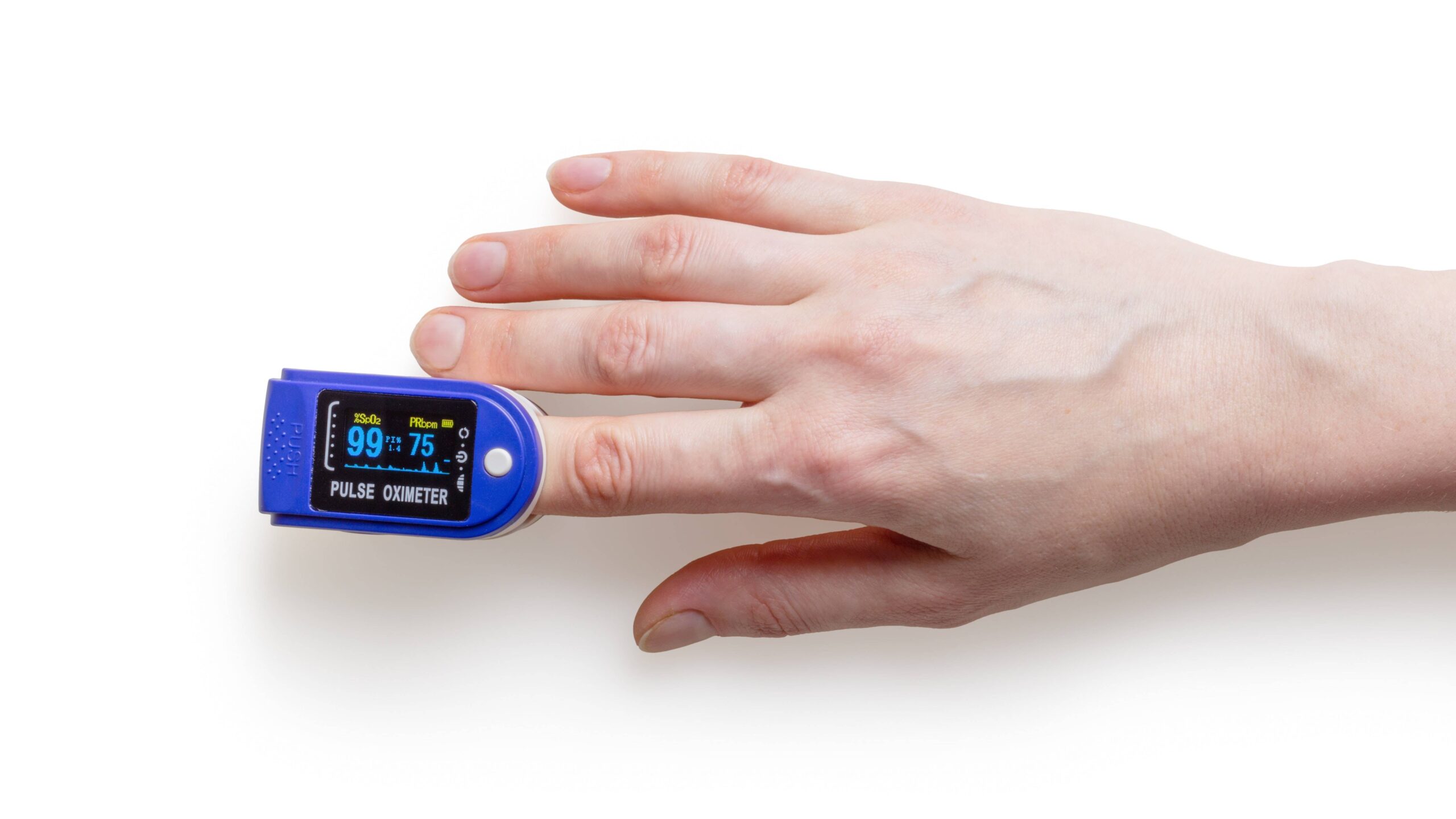Reducing Compliance and Cybersecurity Risks in Medical Device Development
Cybersecurity risks in medical devices are no longer theoretical, they’re a daily concern for innovators developing connected, cloud-enabled technologies. In today’s hyperconnected MedTech landscape, patient safety, data security, and regulatory compliance are deeply intertwined. A single vulnerability can expose not just patient data, but your company’s reputation, regulatory standing, and go-to-market timeline.
For founders and consultants navigating medical device development in 2025, the stakes are high. Regulatory bodies like the FDA and European MDR are tightening their expectations, especially around premarket cybersecurity documentation. Meanwhile, threat actors are targeting health systems with increasing sophistication, and connected devices are often the weakest link.
To reduce risk, protect patient data, and accelerate innovation, medical device developers must build security and compliance into their products from day one. This article explores how to proactively manage compliance and cybersecurity challenges, and why your cloud infrastructure partner can be a critical ally.
Meeting Global Regulatory Requirements
Regulatory compliance is often perceived as a necessary hurdle on the path to commercialization. But for advanced medical device companies, it’s much more than a box to check—it’s the foundation of trust with patients, regulators, and partners.
In 2025, the regulatory landscape is more complex than ever. Developers must align with a growing matrix of standards, including:
- FDA premarket cybersecurity guidance now requires manufacturers to include robust cybersecurity controls and documentation in submissions.
- EU MDR, which mandates ongoing clinical evaluation and technical documentation for connected devices.
- ISO 14971, the global standard for risk management in medical devices.
- ISO 27001, increasingly adopted for information security management systems in healthcare settings.
Falling short on compliance can delay approvals, invite costly audits, or lead to product recalls, diverting precious resources from innovation. How can founders navigate this complexity without derailing development timelines?
The key is embedding compliance into the design process, not retrofitting it at the end. That means:
- Conducting regulatory risk assessments during early design stages
- Documenting cybersecurity features and access control from the outset
- Choosing cloud infrastructure that is audit-ready and aligned with HIPAA, ISO 13485, and FDA requirements
Cloud platforms purpose-built for medical devices, like Galen Cloud, provide a structured foundation for compliance. Our platform streamlines regulatory documentation, supports validation, and helps teams stay aligned with evolving standards, without bogging down development.
By turning compliance from a bottleneck into a building block, companies not only reduce risk, they also build a stronger case for trust with partners, investors, and regulators.
Addressing Cybersecurity Risks in Connected Medical Devices
The rise of connected and cloud-integrated medical devices has opened up new frontiers in patient care, but it has also introduced a new category of risk. From pacemakers to insulin pumps to digital diagnostic tools, medical devices are increasingly vulnerable to the same types of cyberattacks once reserved for IT networks.
Cybersecurity risks in medical devices can take many forms:
- Ransomware targeting hospital networks via insecure device endpoints
- Unauthorized access to patient data through weak authentication protocols
- Denial-of-service (DoS) attacks that disrupt device availability
- Firmware tampering, where attackers modify the code running on a device
Regulators have taken notice. The FDA now expects cybersecurity to be addressed in the premarket phase, with clear documentation showing how devices are protected throughout their lifecycle, including postmarket updates and patching processes.
So, how can developers reduce their exposure to these threats while keeping their innovation roadmap on track?
Best Practices for Proactively Securing Medical Devices
Here are several baseline security practices that should be embedded into the architecture of any connected medical device:
- End-to-end encryption: Protect data in transit and at rest, especially when moving between the device, cloud storage, and clinical dashboards.
- Multi-factor authentication (MFA): Prevent unauthorized access through robust user verification systems.
- Role-based access controls (RBAC): Ensure that only approved personnel, such as clinicians, technicians, or patients, can access specific data or device functions.
- Secure boot and firmware validation: Prevent rogue code from executing by verifying software integrity at every startup.
- Continuous monitoring and logging: Detect anomalies and security incidents in real-time to enable rapid response.
- Regular penetration testing: Validate device and platform security before deployment, especially after firmware or software updates.
Many startups don’t have the in-house resources to build all of these capabilities from scratch, which is where a trusted infrastructure partner can make the difference.
Best Practices for Embedded Security
Medical devices are not just data collectors; they are data processors, transmitters, and often decision-making tools. That makes security architecture a critical layer of product design, not an afterthought. To stay competitive and compliant, developers need to design with security in mind from the very first line of code.
Building Security Into Every Layer of Your Tech Stack
Strong cybersecurity for medical devices requires a multilayered approach, addressing both hardware and software vulnerabilities and cloud infrastructure. Here’s what that looks like in practice:
- Encryption Everywhere
Data must be encrypted both at rest and in transit. This includes data stored on the device, during transmission to the cloud, and while it’s being processed or analyzed. Strong encryption algorithms (like AES-256) and TLS protocols for data in motion are a baseline expectation for regulators. - Role-Based Access Control (RBAC)
Not all users need access to all data. Implementing RBAC ensures that patients, clinicians, technicians, and support staff only access the data or controls appropriate to their role. This minimizes exposure and simplifies compliance with HIPAA and other privacy laws. - Secure Firmware Updates
Firmware vulnerabilities are a common entry point for attackers. Devices must support secure, authenticated over-the-air (OTA) updates, with mechanisms to validate firmware integrity before installation. Unverified or outdated firmware should trigger alerts or denial of function. - Secure APIs and Data Integration
APIs are essential for interoperability, but they also expand the attack surface. APIs must be designed with authentication, throttling, and input validation to prevent malicious access or data leakage. Audit logs for all API interactions can help track usage and detect anomalies. - Real-Time Monitoring and Logging
Security is not a “set it and forget it” discipline. Devices should continuously monitor for unexpected behavior or access patterns. Real-time alerting, combined with centralized logging, supports rapid incident response and forensic investigations if something goes wrong. - Penetration Testing and Threat Modeling
Penetration testing identifies security gaps before attackers do. Threat modeling helps your team understand where your product is most vulnerable and build defenses accordingly. These practices should be part of your regular development and QA cycles, not just one-time events.
Why Infrastructure Matters
Even the most secure device can be compromised by a weak backend. That’s why it’s critical to choose a cloud platform that meets healthcare-grade security standards.
At Galen Data, our infrastructure is purpose-built for medical devices—fully compliant with HIPAA, ISO 13485, and aligned with FDA guidance. We offer:
- Encrypted, compliant data storage
- Detailed access logs and audit trails
- Real-time monitoring and alerts
- Secure APIs for EHR and clinical system integration
By embedding these protections into our platform, we give device developers a powerful advantage: fewer security vulnerabilities, faster regulatory approval, and more time to focus on what truly matters, delivering innovation to patients.
Bridging the Gap Between Innovation and Infrastructure
Bringing a connected medical device to market has never been more complex—or more full of opportunity. As cybersecurity risks in medical devices grow more sophisticated and regulatory scrutiny becomes more intense, success increasingly depends on how early and how well your team embeds compliance and security into your development process.
The good news? You don’t have to do it alone.
By choosing the right infrastructure partner, you reduce the technical and regulatory burden on your internal team, accelerate time to market, and ensure you’re protecting what matters most—your users and their data.
At Galen Data, we understand the unique challenges of medical device development. Our platform is purpose-built to help teams like yours:
- Develop a secure and scalable data management plan
- Leverage proven expertise in medical device data and compliance
- Focus on innovation while we manage the infrastructure
Schedule a call with us today to discuss your specific needs and see how Galen Data can help you store, manage, and secure your medical device data at scale.






